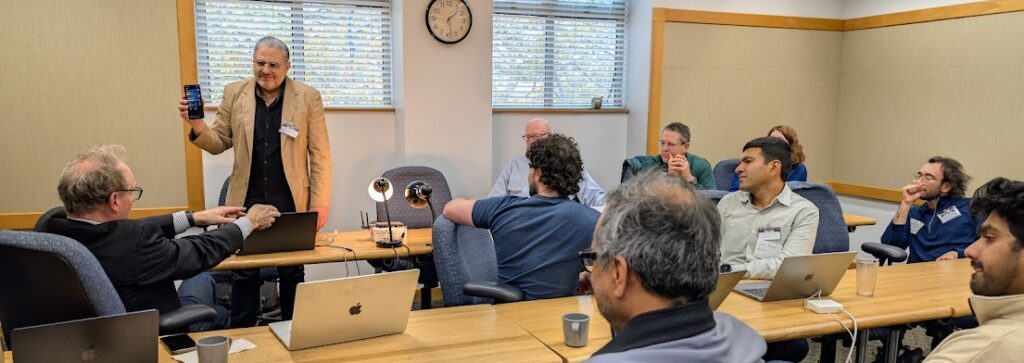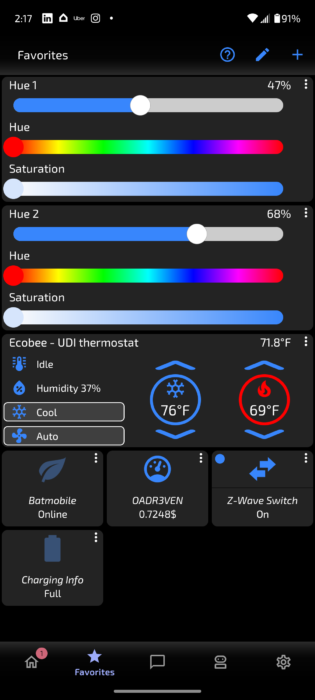OpenADR 3.0 in Action!
As one of the contributors to OpenADR 2.0 – and considering our products are the only off-the-shelf OpenADR 2.0a/b VEN you can buy (yes, we’re that exclusive) and the gold standard for OpenADR 2.0 VEN – it only made sense for me to dive back into OpenADR. After all, why stop at being the best when you can aim to be the besterest? Yeah, I know… English isn’t my first language, but innovation speaks for itself!
This is not a diary, so I’ll spare you the dramatic tales of frustration, the “aha!” moments that made me feel like Einstein – only to realize that I’m not, the occasional jumping for joy (and the inevitable fall), and all the other highs and lows of developing something new. You’re welcome! Instead, let me cut to the chase and tell you about the grand finale: the culmination of it all in the OpenADR 3.0 Hackathon. (Many many thanks to Frank Sandoval and his team).
The objective was to demonstrate how OpenADR 3.0 can retrieve hourly prices from a VTN (server) and optimize gadgets based on those prices. And, well, we didn’t just make it work—we made it shine. Here’s how it all unfolded:
Step 1: Develop a Business Logic Client
This client pulls hourly price and GHG signals from LBNL servers and publishes them to the VTN (OpenADR server). It’s slick, efficient, and ready to rock. Here’s the GitHub link. Use it, remix it, commercialize it—heck, turn it into a movie plot if you like.
Step 2: Develop a VEN
The VEN authenticates with the VTN, creates a VEN entity, reads events, and schedules them. Same GitHub link. It’s like the Swiss Army knife OpenADR 3.0 tools, but cooler.
Step 3: Develop an IoX Plugin for the VEN
This plugin sends price and GHG events to our platform. And yes, we clocked it—just 36.13 minutes flat to develop and test. 🏎️ (No speeding tickets, I promise.)
Step 4: Make It Work (and Show Off)
To really flex what OpenADR 3.0 can do, we connected it to both local and internet-based exotic gadgets. Behold the lineup:
- Philips Hue (via Zigbee) – Smart lights that not only vibe with price signals but look good doing it.
- Ecobee at the Office in Encino (via Internet) – A thermostat so gorgeous it could trade HVAC for the runway.
- Plugin Module (via Z-Wave) – Small but mighty, proving optimization doesn’t discriminate by load size.
- Tesla somewhere in CA (via Internet) – The showstopper. Because optimizing the electric car elevates this from “cool” to “legendary.”
Optimization was pretty straightforward: use price signals to dim or brighten the Hue bulbs, adjust thermostat set points, cycle the smart plug, and pause Tesla charging. Nice, riggghhhttttt???
Step 5: Go to the Hackathon
It was a looooonnnnggg drive, but totally worth it. Between the demo, the buzz of meeting your zoom-only colleagues in person, and the sheer joy of pulling this off, it was the perfect finish to an incredible journey.

And here’s the link to the picture gallery of the team, colleagues, and fellow geeks. Thank you, Alfredo!

